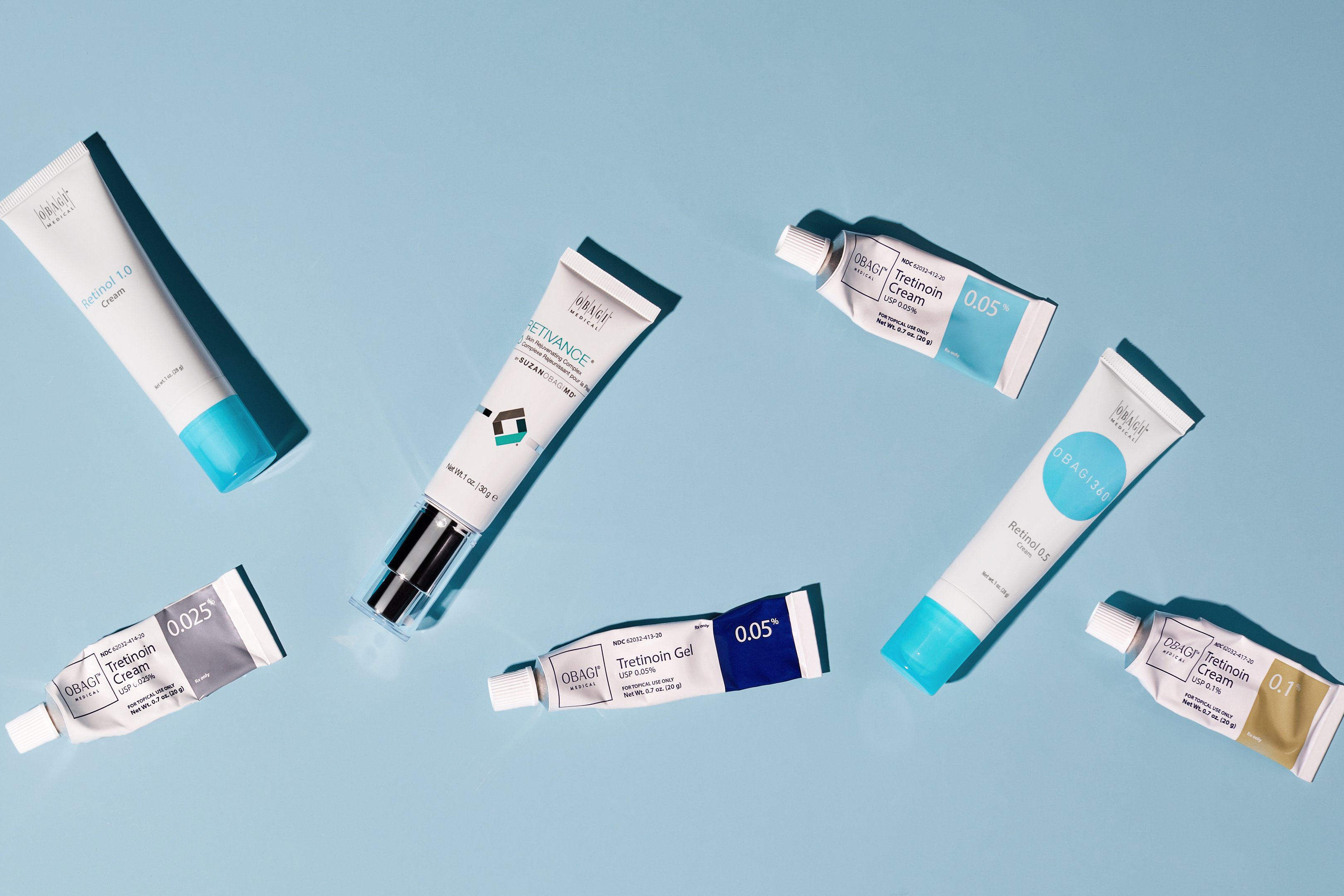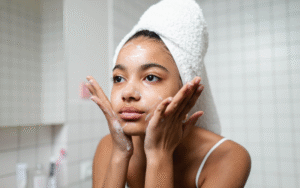This post may contain affiliate links. As an Amazon Associate, I earn from qualifying purchases. This means that if you click on an affiliate link and make a purchase, I may receive a small commission — at no extra cost to you! For more information, please refer to my Affiliate Disclosure.
If you’ve ever dealt with acne, you know the struggle doesn’t always end when the pimples are gone. Those lingering dark spots, red marks, or textured scars can be super frustrating. But don’t worry — there are ways to improve their appearance and get your skin looking smoother and brighter. Personally, my biggest problem with acne wasn’t with the pimples, but the aftermath. Those acne scars are so difficult to get rid of, it can definitely be frustrating.
1. Use Vitamin C
Vitamin C serums are amazing for fading dark spots and giving your skin that glow. Look for products with L-ascorbic acid for the best results. Consistency is key here, so apply it every morning before sunscreen. It also helps fight free radicals and boosts collagen production, making your skin look healthier overall. If you have sensitive skin, start with a lower concentration and work your way up.
2. Try Azelaic Acid
Azelaic acid is a game-changer for those stubborn red marks (PIE). It’s gentle but super effective, even for sensitive skin. Plus, it has antibacterial and anti-inflammatory properties, so it helps prevent new breakouts, too. Apply it once or twice a day, and be patient — it takes time, but it works! For me, I discovered azelaic acid about a month ago, and I’m also new to this, however, I took a photo of my acne scars every single day for a week, and realised a difference in the pictures — the acne scars slowly fades! The important thing is to be patient and consistent in your skincare routine.
3. Don’t Skip Sunscreen
Sunscreen is non-negotiable! UV rays can darken scars and make them harder to fade. Using SPF daily is crucial to protecting your skin and preventing further discoloration. Use an SPF 30+ every day (yes, even when it’s cloudy), and reapply if you’re outside for long. If you’re worried about sunscreen breaking you out, go for non-comedogenic options that won’t clog your pores, and find one that is suitable for acne-prone skin.
4. Incorporate Retinoids

Retinoids speed up cell turnover, helping to fade scars and smooth out your skin. If you’re new to them, start with a low concentration to avoid irritation. Retinol and tretinoin are super effective but can be drying at first, so make sure to moisturize well and always wear sunscreen.
5. Try Chemical Exfoliants
AHAs like glycolic acid and lactic acid gently exfoliate, improving texture and fading scars over time. Just don’t overdo it—2-3 times a week is enough. If you have deeper scars, combining AHAs with other treatments like retinoids or niacinamide can help even more.
6. Consider Microneedling
For stubborn scars, microneedling can be a game-changer. It boosts collagen production to help smooth out textured scars. Professional treatments are the most effective, but there are at-home devices, too. Just be extra careful with hygiene to avoid infections.
7. Don’t Pick at Your Skin
I used to pick at my skin all the time, especially when I was stressed, and it only made my scars worse. Not only that, I would pop my pimples with my bare hands! This is one of the worst mistakes you can make Once I stopped, I noticed a huge improvement. If you struggle with this, try keeping your hands busy or using hydrocolloid patches on breakouts to protect your skin.
8. Change Your Pillowcase Often
Your pillowcase collects oil, bacteria, and sweat, which can slow down healing and even cause new breakouts. Switching to a clean pillowcase every few days, can help keep your skin clearer. If you want to go the extra mile, silk pillowcases are a great option since they cause less friction and irritation. Make sure your room is hygienic, and clean your room and the surroundings regularly, for example, if your bed is near your window.
9. Consider Professional Treatments
If your scars are deep and not fading with at-home treatments, or you have severe acne, professional options might be worth considering. Dermatologists offer treatments like laser therapy, chemical peels, and microdermabrasion, which can make a huge difference. I have personally never had my skin treated professionally, and I am definitely not a skin professional, so it is important to see a dermatologist can help you figure out the right treatment plan if you’re not sure what’s best for you.
10. Patience is Key
Lastly, healing takes time. Stick to your routine, and those scars will eventually fade. It can take months to see major changes, so don’t get discouraged if results aren’t instant. The key is consistency—keep up with your skincare, protect your skin from the sun, and be patient. Your skin will thank you! What seems to have helped for me is to take a picture of my acne regularly, storing them in a collection in my phone, so that when I’m having bad skin days, I’ll only need to look at those pictures and tell myself: At least my skin has been improving.




